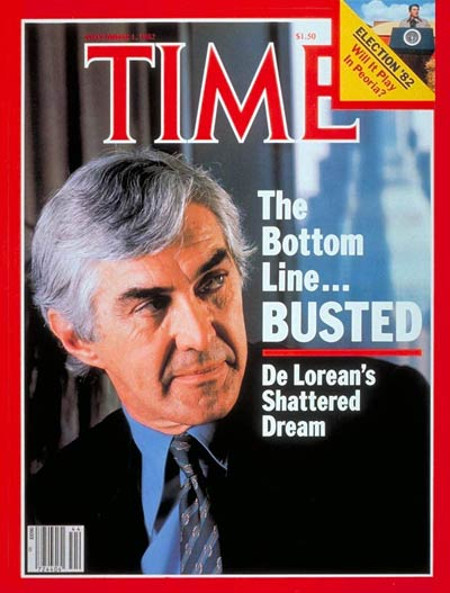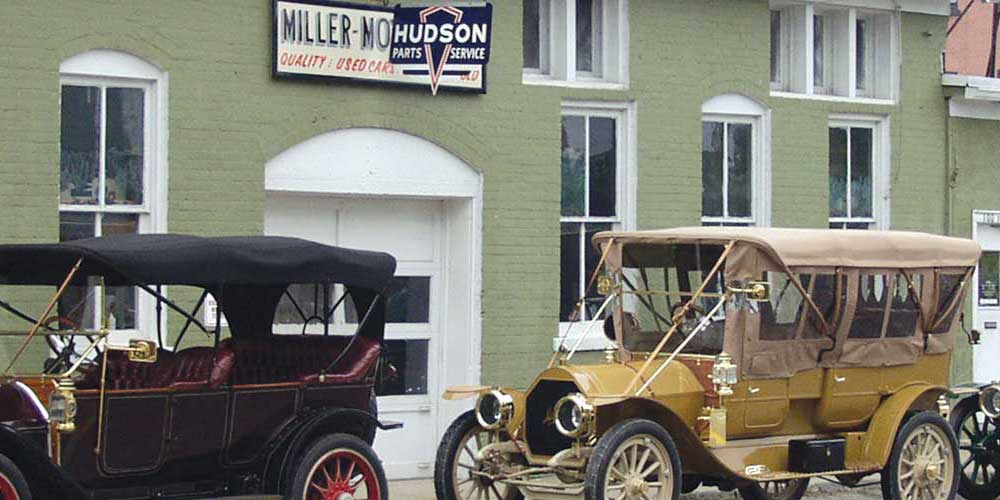By Robert Tate, Automotive Historian and Researcher
Images courtesy of The National Automotive History Collection
Posted: 09.25.2017
 A young John DeLoreanPerhaps one of the most recognizable names in automotive history would be the late John Zachary DeLorean. DeLorean was born in Detroit, Michigan on Jan. 6, 1925, and had a fascination with the automotive world from a young age.
A young John DeLoreanPerhaps one of the most recognizable names in automotive history would be the late John Zachary DeLorean. DeLorean was born in Detroit, Michigan on Jan. 6, 1925, and had a fascination with the automotive world from a young age.
DeLorean started his career shortly after graduating in 1948 from the Lawrence Institute with a bachelor’s degree in mechanical engineering. He would later further his education by earning a master’s degree from the Chrysler Institute in 1952, and then an MBA from the University of Michigan in 1956. While taking night classes at the Chrysler Institute, DeLorean took his initial plunge into the automotive industry as Packard Motor Car Company’s head of research and development.

DeLorean’s time at Packard was short lived having moved on to Pontiac as director of advanced engineering in late 1956 working under the late Semon E. Knudsen who was general manager. DeLorean quickly made a name for himself at Pontiac after he patented the Pontiac Tempest Powertrain in 1961, and in 1965 he was made the youngest division general manager in the company’s history at 41. Motor Trend Magazine awarded its annual styling and design honors to Pontiac that same year - which marked the third time in the past six years for the company. Many automotive innovations are credited to DeLorean including Pontiac’s popular wide track models and America’s original muscle car, the Pontiac GTO.
DeLorean worked his way up the corporate ladder with stunning efficiency displaying fresh and innovative ideas. But he was also a hard worker and great thinker, and offered great leadership during his time at Pontiac. In 1969, he was made general manager of Chevrolet and immediately ushered a record-setting sales profit of about $3 million. In 1972, DeLorean was promoted once again to vice president of GM’s North American Car and Truck operations.
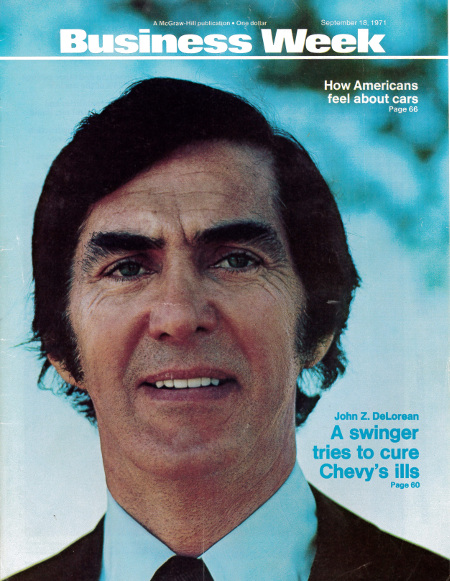
DeLorean decided to break off on his own about a year after receiving his latest promotion. He finally decided to pursue his lifelong dream of owning his own automotive company and manufacturing his own line of cars.
He started raising capital for his nascent company in 1975 after becoming president of the National Alliance of Businessmen, and founding the DeLorean Corporation engineering firm. More than anything, DeLorean wanted to create a new sports cars unlike anything currently on the market. After some delays with cost overruns and quality control issues, the now infamous DeLorean, or DMC-12, rolled off the assembly line in 1981. It featured a stainless steel body with a steel chassis, but the most memorable aspect of the car had to be its futuristic gull-wing doors.
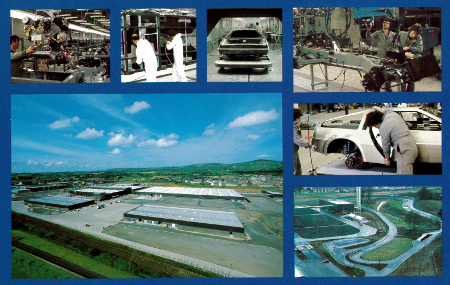
There were right away issues with the DMC-12 and the DeLorean Motor Car Co. Kevin M. Dwyer from George Washington University said at the time, “The DeLorean Motor Corporation was slow in producing anything, although it received considerable financial backing. Great Britain invested $90 million to have the factory built in Northern Ireland, but cost overruns and other problems delayed the production of the cars.”
DeLorean was unable to sell enough of his dream sports car to make a profit and production of the car was halted in 1982. Lines of unsold models were in storage at a company lot in New Jersey for several months. Analysts determined the car’s extravagantly high price was a major factor in slow sales having priced out most of American middle income families.
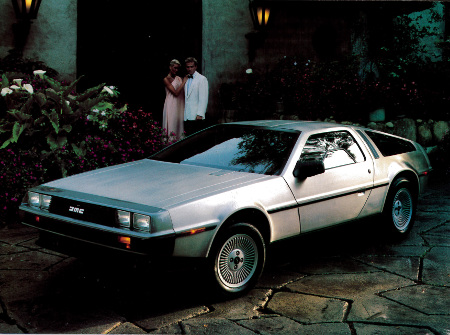
To raise funding, DeLorean allegedly became involved in narcotics trafficking. An FBI sting operation in 1982 caught DeLorean in a $60 million drug deal and he was later arrested. The charges were later dropped due to entrapment and DeLorean’s legal troubles ended in 1985.
